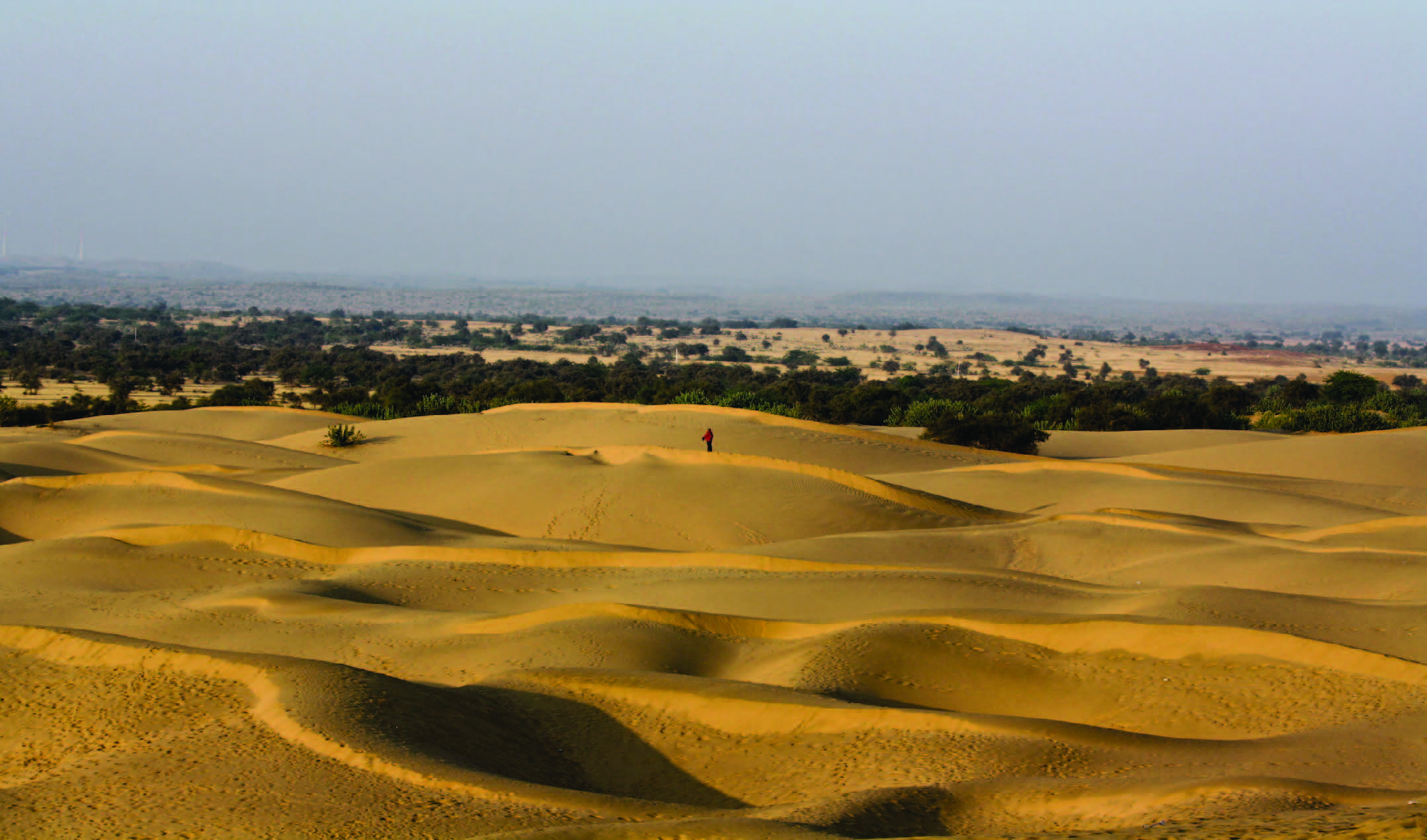
India losing out to China in competitiveness
Mr. Modi is dealing now with a hugely diverse country in which too much centralisation of power may not work. To achieve higher growth and employment, the entire nation has to cooperate so that the most important problems of slippage on the human development and infrastructural fronts are addressed first. The Prime Minister will, however, have to show leadership within the given parameters”, says the author.
The World Bank has revised its forecast about India’s GDP growth rate for 2014-15 and pegged it at a realistic level of 5.5 per cent. Recently there has been some good news that may go to indicate that 5.5 per cent is indeed achievable.
Industrial revival is on the cards because after declining for two consecutive months, industrial growth was at 3.4 per cent in May. Whether it is a real reversal of the sluggish trend of 2013-14 (IIP grew at 0.4 per) or just a temporary blip is hard to say. Maybe industrial growth has risen due to the huge amount of election expenditure in April, 2014. Some of it went towards buying electricity generation equipment used in electioneering. Manufacturing growth is important for job creation.
The young job-seekers (around 10 million a year) expect jobs from the Modi government. Mr. Modi has already promised that there will be labour-intensive manufacturing growth. But we have to wait and see what policy changes are introduced to promote it and how much impetus is given to the SME sector.
The capital goods sector shrank by 14 per cent in 2013-14 which means that increasing domestic investment will be imperative for raising manufacturing growth. For rapid industrial growth, the productivity growth (total factor productivity) of industries has to rise. Unfortunately, the productivity growth has been declining in the last few years (since 2007) and that is why India is losing out to China in competitiveness.
It is measured by the incremental capital output ratio which shows the amount of extra capital that is needed to produce one extra unit of output. Productivity growth depends on many things and if any of these is missing, it declines. Productivity growth depends not only on capital but also on human capital like the level of education/ skills and health of the labour force, work culture, technology, infrastructure, specially transportation, property rights and legal framework.
If any of these is not growing in a steady manner, productivity growth can reach its limit and start to decline. Thus while factor inputs like labour, land and capital are important for productivity growth, it also depends on management and good governance. Productivity increases at the firm level reflect better management and organisation of people.
Thus for higher GDP growth, not only is it important to spur domestic and foreign investment but also promote health, education and skills of the labour force and have efficient infrastructure. Less administrative hassles, quick policy decision-making and corruption-free governance are also equally important. Thus when the government makes big promises, it has to keep in mind what it has to do to increase productivity growth. To be able to achieve it in a short time is a formidable task for the Prime Minister.
Another good sign for better GDP prospects is that export growth increased to double digits (12 per cent) in May 2014. It indicates better prospects for industrial revival through export growth. For export growth, a rise in demand coming from the Western countries is important, though India has now diversified its exports widely and the number one destination of India’s exports is the Middle East.
Greater trade among SAARC countries will also open up new vistas for our export growth. Even with high export growth, trade deficit is likely to widen in the near future because of the uncertainty in the political scene in Iraq and the possible adverse impact on oil prices. If there is a spurt in oil prices, then the import bill would be much higher for India than before. There may be a widening of the current account deficit on account of problems in Iraq and there is already a visible weakening of the rupee.
The biggest dampener of GDP growth will be the possibility of a weak monsoon and the drought effect of El Nino on agricultural production. Agricultural growth though it contributes only 17 per cent of the GDP will be the affected and deficient monsoons may result in higher rate of unemployment in the countryside because 52 per cent of the population is dependent on agriculture.
An increase in non-farm jobs will be most important. The rise in the price of food grains may be cushioned by the enormous stocks held by the government’s FCI godowns. But higher vegetable, fruits, eggs, fish and meat prices will contribute to food inflation as they have done in the past. It may not be easy to control inflation (CPI) which has already shown resilience and has refused to climb down steeply.
In May the WPI rose to 6.01 per cent and the CPI, though it has come down a bit, is still at 8.3 per cent. Inflation control has been the aim of the Reserve Bank of India for a long time now, yet it has not been able to tame it completely. To garner money for funding the budget deficit, which is bound to increase with the various big-ticket expenditures planned, some subsidies will no doubt be reduced.
The Modi government may turn out to be more ruthless in cutting subsidies than the UPA government because it will be armed with the excuse that these did not reach the real poor in the past. Unless all states are taken on board and each state collaborates in the effort of increasing growth, slow progress may be expected. Even for cleaning up the Ganga, the various states through which the Ganga flows will have to join the effort. Similarly, in controlling crimes against women, the states will have to cooperate in punishing severely the guilty.
Mr. Modi is dealing now with a hugely diverse country in which too much centralisation of power may not work. To achieve higher growth and employment, the entire nation has to cooperate so that the most important problems of slippage on the human development and infrastructural fronts are addressed first. The Prime Minister will, however, have to show leadership within the given parameters.





Be the first to comment